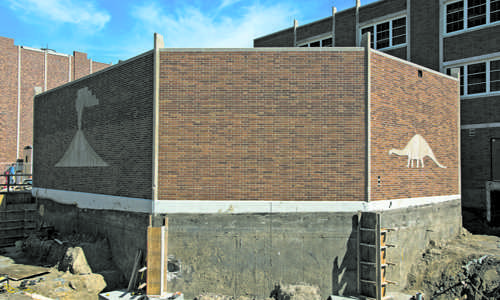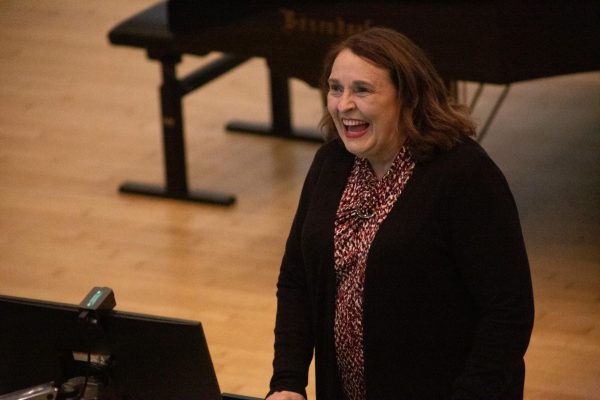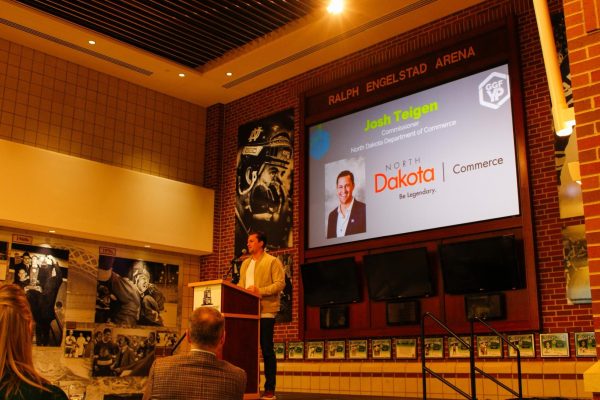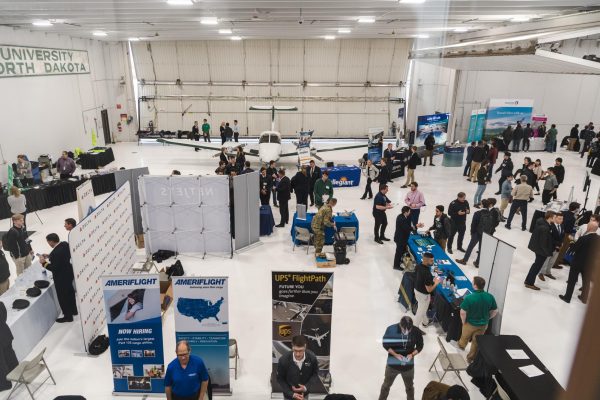Construction continues at Collaborative Energy Complex
Construction continues on the new addition to the College of Engineering and Mines, the Collaborative Energy Complex.
The new 37,000 square-foot complex will connect the already existing energy facilities of Upson I and II and Harrington Hall as well as being closely located to the Wilson M. Laird Core and Sample Library. The building will house facilities for students to collaborate with their peers and faculty members.
“More than just a building to house programs, CEC is about people, about collaboration, about innovation, and about building bridges with industry. It will provide students and faculty with a place to interact with each other as well as with colleagues from other colleges on campus and with industry,” Dean of the College of Engineering and Mines Hesham El-Rewini told UND’s website.
“CEC will provide our students and researchers with access to cutting edge laboratories and equipment. Students’ educational experience will be enriched through industry interactions, personalized mentorship, professional development opportunities, and outreach activities.”
The complex will serve as the new headquarters for all of the energy related programs within the College of Engineering and Mines. The facility will house state of the art labs and equipment for student use. This will include a 40 foot High Bay Lab that will be equipped with a two ton bridge crane, the brand new Hess Innovation Lab for students to explore new and innovative ways of addressing problems, among many other new facilities.
The project has only raised $14.2 million dollars of the required $15 million, however, with enrollment in the college skyrocketing in recent years — increasing 130% between 2003 and 2014 — this was enough to break ground on the project.
At the groundbreaking ceremony, President Kelley said “What a great day for the University and the College of Engineering & Mines. I commend Dean Hesham El-Rewini and his colleagues for their initiative and vision for the Collaborative Energy Complex, which should provide immediate opportunities for students and long-term solutions for the future of North Dakota and the nation. This facility and the way it was funded ― almost entirely with donations and with important funding from the North Dakota Higher Education Challenge Fund ― is an excellent example of a successful private-sector partnerships ― the kind that UND has fostered across our academic and research enterprises.”














